Leo Bianchi
Leo Bianchi is the head of our Pastiamo Academy. His vocation is the good food - he has many years of experience in preparing delicious meals, owns several restaurants and has had his own culinary show. He is also behind the recipes that make Pastiamo so delicious. In Pastiamo Academy you will be able to get closer to his mastery with our secrets and tricks for perfect pasta.
TIPS AND TRICKS
01
Boil the pasta with enough water
Use a sufficient amount of cold and fresh water. Thus, when the pasta starts to boil, there will be enough space to move freely. Follow the rule for at least three liters of water for every 250 grams of pasta.Step 1
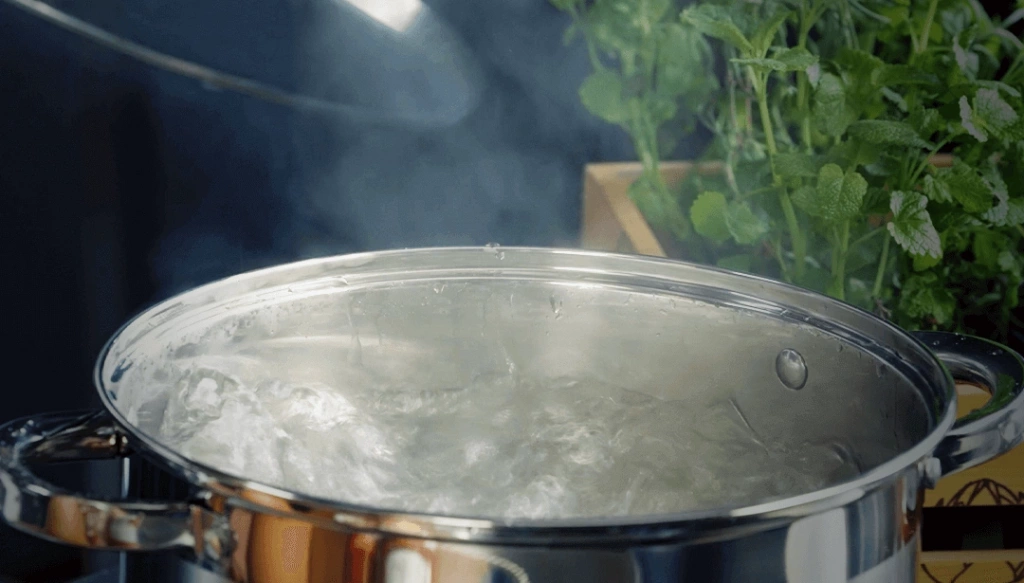
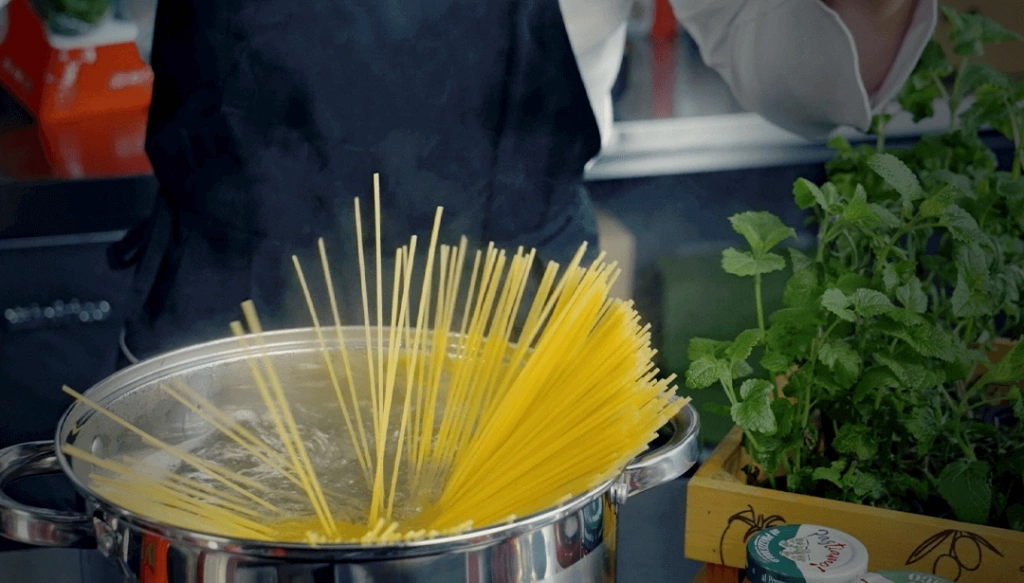
02
Stir from the beginning
Use a sufficient amount of cold and fresh water. Thus, when the pasta starts to boil, there will be enough space to move freely. Follow the rule for at least three liters of water for every 250 grams of pasta. Stir the pasta at the moment you put it in the water.This will prevent the pasta from sticking. Keep stirring from time to time while the pasta is boiling.Step 2
03
Keep some of the water from the pasta.
Before draining the paste, save some of the water in which it was prepared. You can use it as an addition to your sauce when needed.Step 3
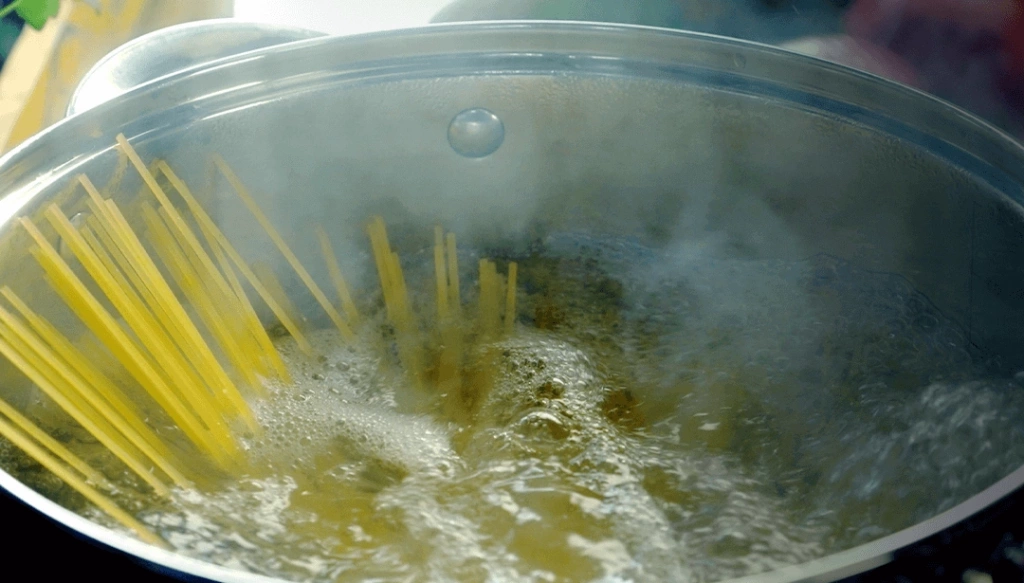
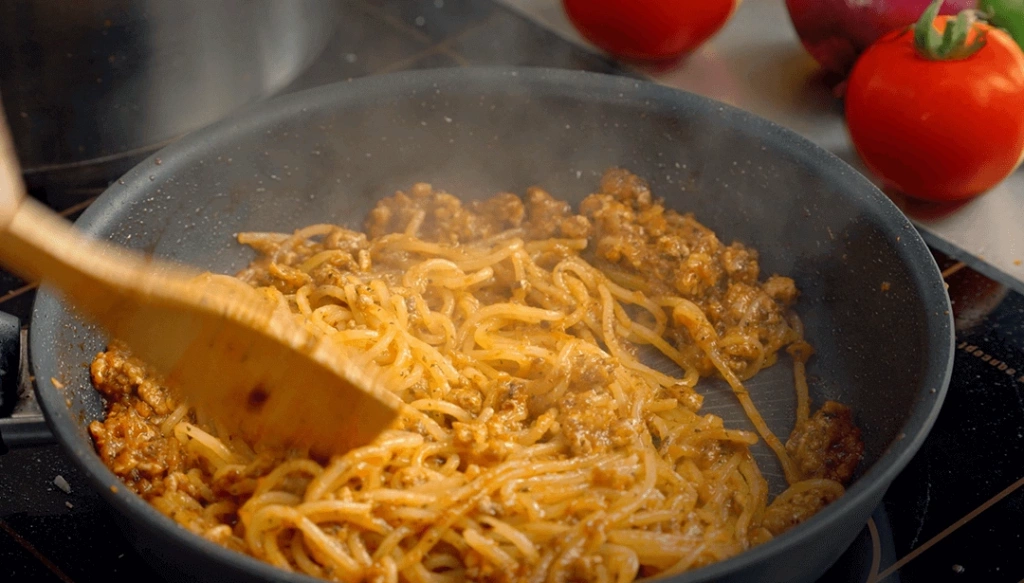
04
Add the pasta to the sauce
Step 4
05
Do not put fat
Do not put olive oil or vegetable oil in the water while cooking the pasta or on the finished pasta. This will prevent the sauce from sticking well to the pasta.Step 5
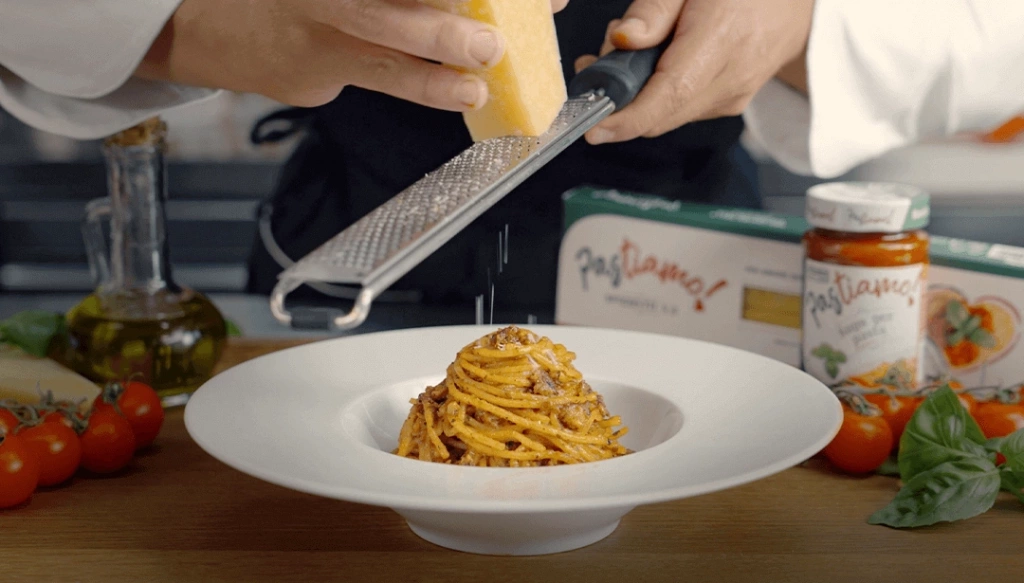
recipes for pasta and sauces
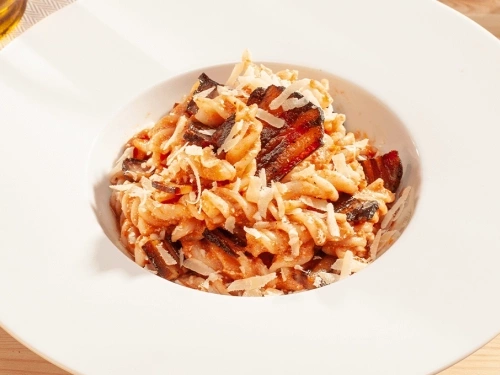
Fusilli with Rustica Sauce
Fusilli with Rustica Sauce - For 2 servings put 2 liters of water and 1 tablespoon of salt. When the water boils, pour half a packet of fusilli and cook for at...
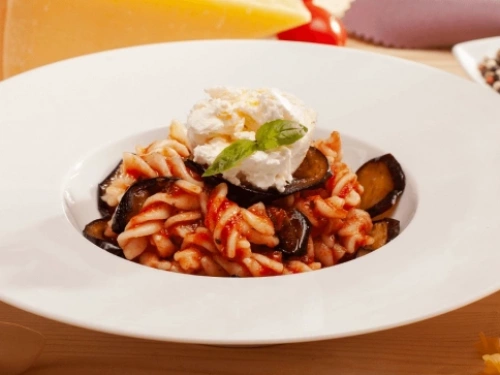
Fusilli with Pomodoro sauce
Fusilli with Pomodoro sauce - For 2 servings put 2 liters of water and 1 tablespoon of salt. When the water boils, pour half a packet of fusilli and cook for at...
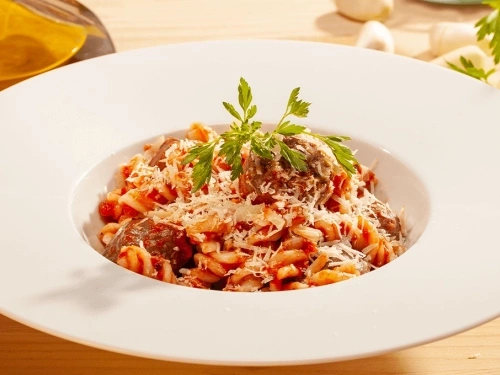
Fusilli with Funghi Sauce
Fusilli with Funghi Sauce - For 2 servings put 2 liters of water and 1 tablespoon of salt. When the water boils, pour half a packet of fusilli and cook for at l...
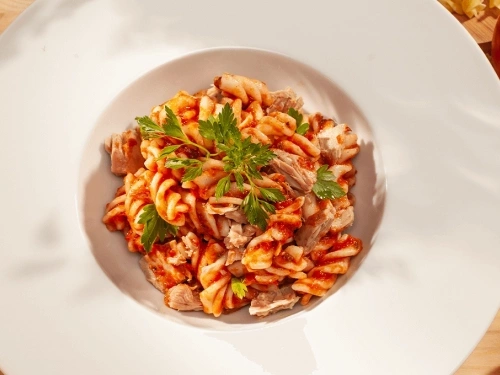
Fusilli with Al Prezzemolo sauce and tuna
Fusilli with Al Prezzemolo sauce and tuna - For 2 servings put 2 liters of water and 1 tablespoon of salt. When the water boils, pour half a packet of fusilli a...
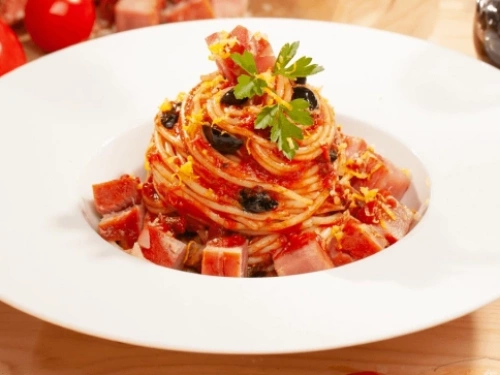
Spaghetti with Siciliana Sauce and Tuna
Spaghetti with Siciliana Sauce and Tuna - For 2 servings put 2 liters of water and 1 tablespoon of salt. When the water boils, pour half a packet of spaghetti a...
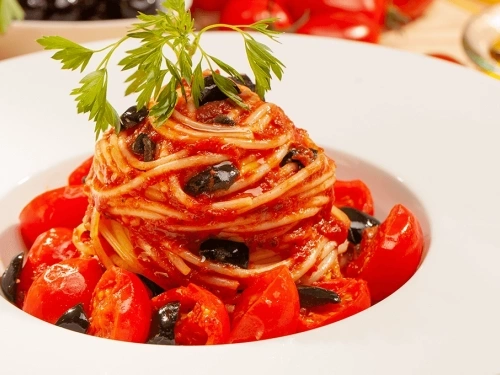
Spaghetti with Puttanesca Sauce
Spaghetti with Puttanesca Sauce - For 2 servings put 2 liters of water and 1 tablespoon of salt. When the water boils, pour half a packet of spaghetti and cook...
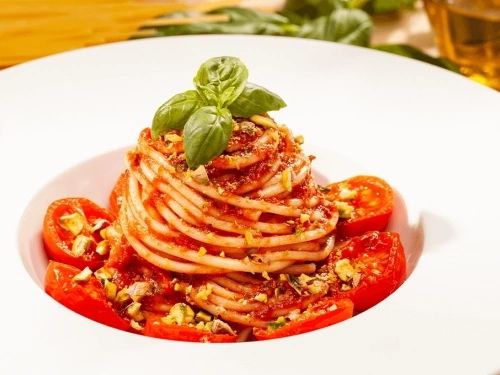
Spaghetti with Pomodoro Sauce
Spaghetti with Pomodoro Sauce - For 2 servings put 2 liters of water and 1 tablespoon of salt. When the water boils, pour half a packet of spaghetti and cook fo...
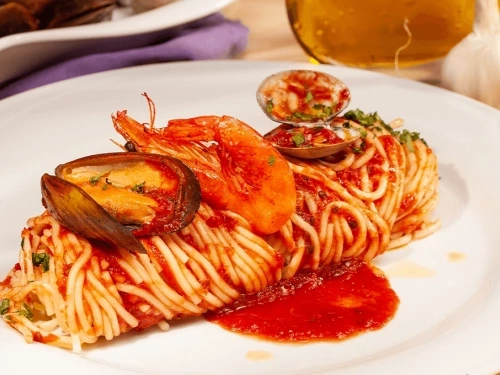
Spaghetti with AL Prezzemolo Sauce
Spaghetti with AL Prezzemolo Sauce - For 2 servings put 2 liters of water and 1 tablespoon of salt. When the water boils, pour half a packet of spaghetti and c...
History of pasta
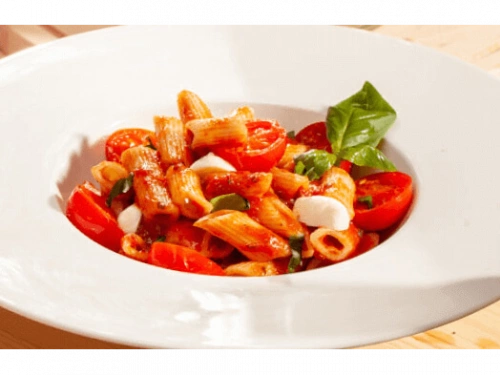
The dish
Most often the pasta is served with sauce. Usually the sauce and the type of pasta are combined according to the consistency and the way of eating.

Culinary historians
Culinary historians have discovered various precursors of pasta in human history, dating back hundreds of years. There is also a legend that claims that Marco P...

Production
At the beginning of the 17th century, there were primitive pasta machines in Naples, and later kneading machines and presses appeared that made pasta production...
Pasta culture
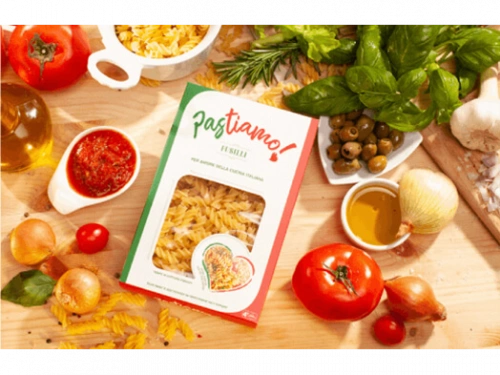
Classic paste
The classic pasta is made mainly from wheat flour or semolina, with durum wheat being used mainly in southern Italy and soft in the north. The paste is rich in...
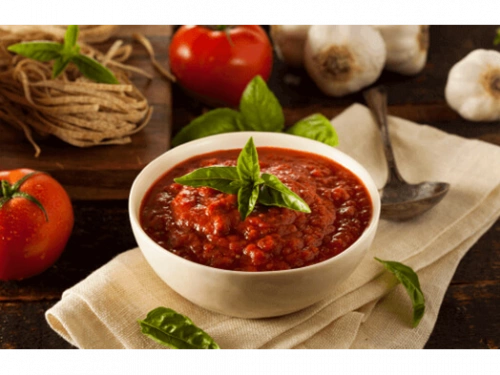
Sauces
In different parts of Italy he prefers different sauces. In northern Italy they use less tomatoes, garlic and spices. The famous Bolognese sauce is widespread i...
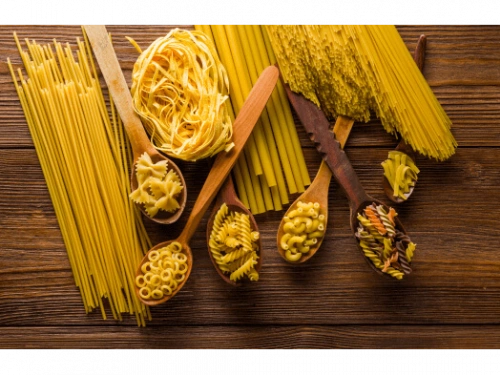
Types of pasta
The paste can be fresh or dried. Fresh pasta is made with eggs and is prepared faster than dried, but it has a shorter shelf life and is more difficult to store...

